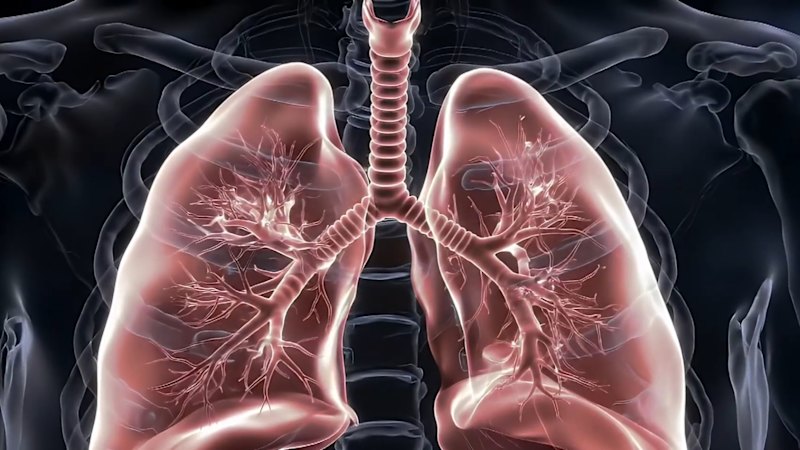
A groundbreaking study from the University of Sydney has established that home monitoring technology may effectively predict asthma attacks. This innovative approach offers a potential shift in how asthma patients manage their condition, providing timely alerts that could significantly reduce health risks associated with the disease.
Researchers focused on a range of home monitoring devices that measure lung function and environmental factors. By collecting real-time data, these devices can alert patients and healthcare providers about potential asthma exacerbations before they occur. The findings, published in March 2024, underscore a critical advancement in asthma management strategies.
Transformative Potential for Asthma Patients
Asthma affects millions worldwide, with approximately 300 million people living with the condition. In Australia alone, nearly 2.7 million individuals are diagnosed with asthma. The unpredictability of asthma attacks can lead to emergency room visits, hospitalizations, and, in severe cases, fatalities. This study suggests that proactive monitoring can change this narrative.
Professor Phil Bardin, the lead researcher, highlighted the importance of equipping patients with tools to monitor their health at home. “Our study demonstrates that using technology to track symptoms and environmental triggers can empower patients and improve their quality of life,” he stated. The research indicates that timely alerts can lead to early interventions, significantly lowering the likelihood of severe attacks.
The study involved participants using various monitoring devices that tracked lung function, air quality, and even pollen levels. By analyzing the data collected over several months, researchers were able to identify patterns that indicated an increased risk of an asthma attack.
Broader Implications for Health Care
The implications of this research extend beyond asthma management. The successful integration of home monitoring technology can pave the way for similar approaches in other chronic health conditions. As healthcare shifts towards more personalized and preventative care, this model may become a standard practice globally.
Moreover, the economic impact of asthma management is substantial. In Australia, asthma costs the healthcare system an estimated $1.2 billion annually. By reducing the frequency of severe attacks through home monitoring, healthcare costs could potentially decrease, alleviating some of the financial burden on both patients and the system.
As the healthcare community continues to embrace digital health solutions, the findings from this study serve as a reminder of the potential benefits that technology can bring. With more research and development, home monitoring devices could revolutionize how patients manage chronic conditions and enhance overall health outcomes.
In conclusion, the University of Sydney’s research not only offers hope to asthma patients but also signals a broader movement towards leveraging technology in healthcare. As this field evolves, the integration of home monitoring could become a crucial component in the fight against chronic diseases, ultimately leading to healthier populations worldwide.







